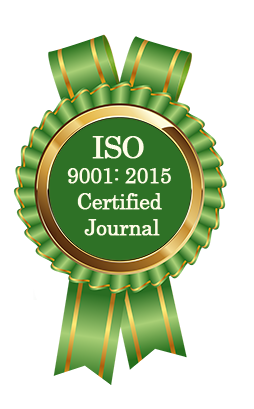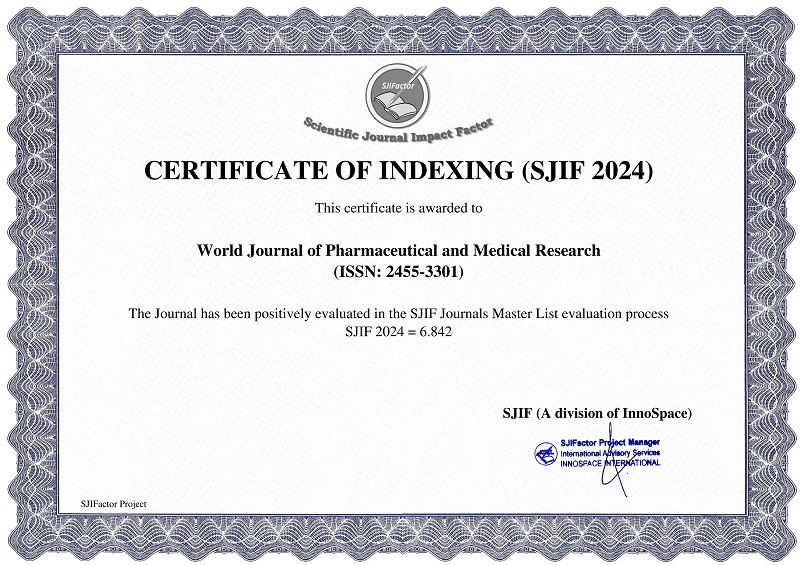PREVALENCE OF SEPTAL DEVIATION IN CASES WITH EPIPHORA SUBJECTED TO ENDOSCOPIC DACROCYSTORHINOSTOMY
Tunjai Namiq Faiq, Mustafa Muhsin Ezz-Aldeen and Ozdan Akram Ghareeb*
ABSTRACT
Background: Endoscopic dacryocysto-rhinostomy (DCR) is a surgical procedure commonly used to treat nasolacrimal duct obstruction (NLDO). If significant septal deviation is found during the procedure, the surgeon may also perform septoplasty to correct the deviated nasal septum and improve surgical access and nasal function. The aim of this study is to investigate the prevalence and association of nasal septal deviation among patients presenting with epiphora. Method: From January, 2022 to March 2023, a case-control study was conducted at Kirkuk Teaching Hospital. The study included 87 individuals with epiphora and a 100 healthy control. All cases referred to us by ophthalmologists after excluding ophthalmological causes of epiphora. The severity of septal deviation was assessed using Maurice Cottle's classification system. Results: The mean duration of epiphora was 20.2 ± 13.7 months. The left side was the most common site of epiphora (62.1%), and primary surgery was performed in 93.1% of cases, with only 6.9% requiring revision surgery. Septal deviation was prevalent in 95.4% of the cases, and 82% in healthy controls with a significant association between epiphora and septal deviation (p=0.02). The cases having a moderate form of septal deviation were 60.2%, having a severe form were 22.9%, and having a mild form were 16.9%. It was observed that all individuals with septal deviation experienced epiphora on the same side as the deviation. Conclusion: This study concluded that there is a possible link between septal deviation and the development of nasolacrimal duct obstruction.
[Full Text Article] [Download Certificate]



